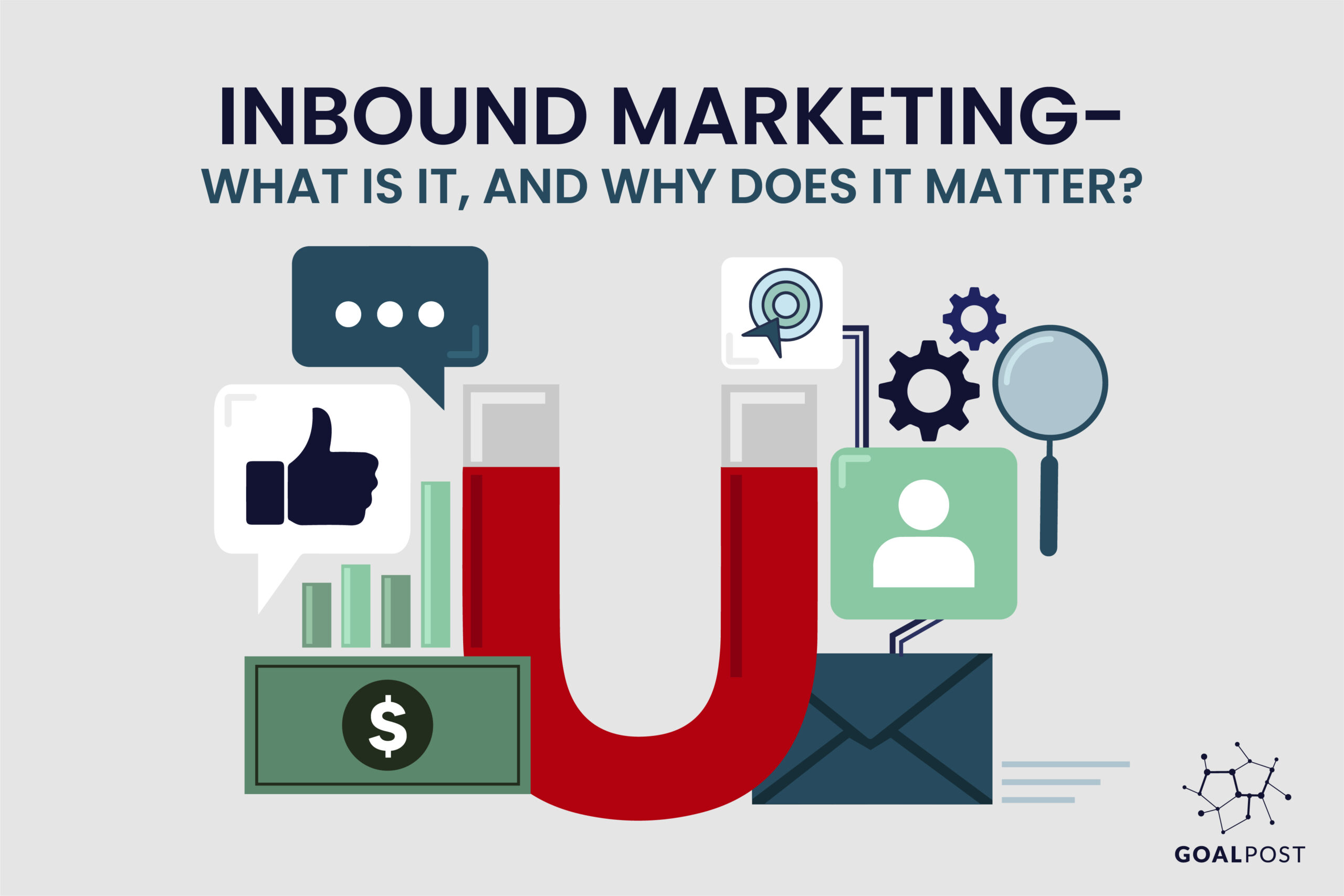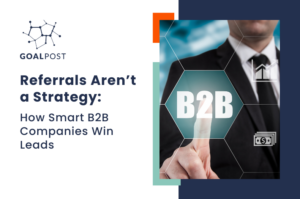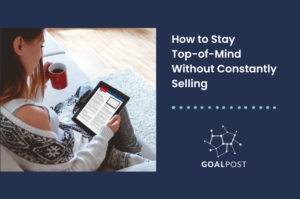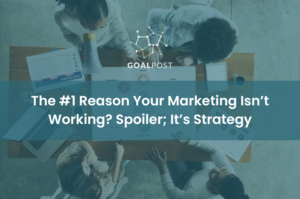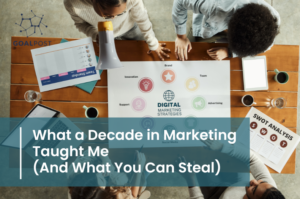Inbound marketing is a form of business strategy that involves creating high-quality content for the purpose of attracting leads.
It is different from outbound marketing. Inbound marketing focuses on adding value to a brand identity by establishing trust and emotional buy-in from potential customers. The most famous outbound marketing campaigns in history have incorporated a blend of several things. For example, digital content, targeted outreach, and viral social media campaigns.
Here are three hacks to breaking into the world of inbound marketing and how to create high-quality content that brings organic leads to life.
1. Answer your customers’ questions
Potential customers will ask questions and it’s your job to answer them.
Google views every search query as a question. So, ask yourself this: “are my web content and advertising campaigns responding to my customer’s questions?”
It’s rare if a person performs a web search and simply types in the product or service they’re looking for. Most times, a person will search for “which toaster ovens are best” or “where to purchase Cantonese food.”
You want to create content and ads that intercept a common problem with a solution. As a result, your target audience will be much more likely to view you as the authority on the matter. In addition, they’ll find your website and product pages more easily through organic search results.
2. Support lead generation with CRM software
Once you’ve created and distributed your marketing assets, it’s time to introduce a metric for measuring your success. Enter CRM, also known as customer relationship management.
CRM software works by tracking and projecting company growth by integrating sales data into one easy-to-understand platform. Let’s say you launched a marketing campaign and the call to action was getting email signups, which funneled users into a weekly newsletter blast. CRM software is able to do a few things. Such as, catalog, store, and update your customers’ information in the cloud, giving you access to details about demographic, location, age, purchasing trends, and email opening rates.
Software like Salesforce, Monday, Zoho and Zendesk all provide businesses with tiered subscriptions. Users are allowed to choose the level of detail they want access to. This allows them to nurture leads and grow their businesses.
3. Pair your inbound marketing with SEO strategy
Hard truth: it doesn’t matter how great your marketing materials are if your customers can’t find them.
A comprehensive SEO strategy pairs perfectly with a robust inbound marketing campaign. It brings your products front and center every time a customer searches the web for them.
Knowing what keywords to rank for requires some independent research. You’ll have to zero in on what your customers are typing into search engines. Then, you’ll be able to optimize your inbound marketing content to appear on the results page, homepage, and sidebars of their online searches.
Start by targeting a handful of low-ranking keywords, then build your reach as you develop digital authority. Remember: consistency is key to establishing reputable content. Post reliably, post often, and post to attract your target audience. Soon enough, they’ll find you.
At Goalpost Group, we help our clients break the cycle of bad marketing using strategy, structure, and killer content that drives sales and wins the day. Get in touch with a member of our team to learn more about how we can help transform your marketing.

